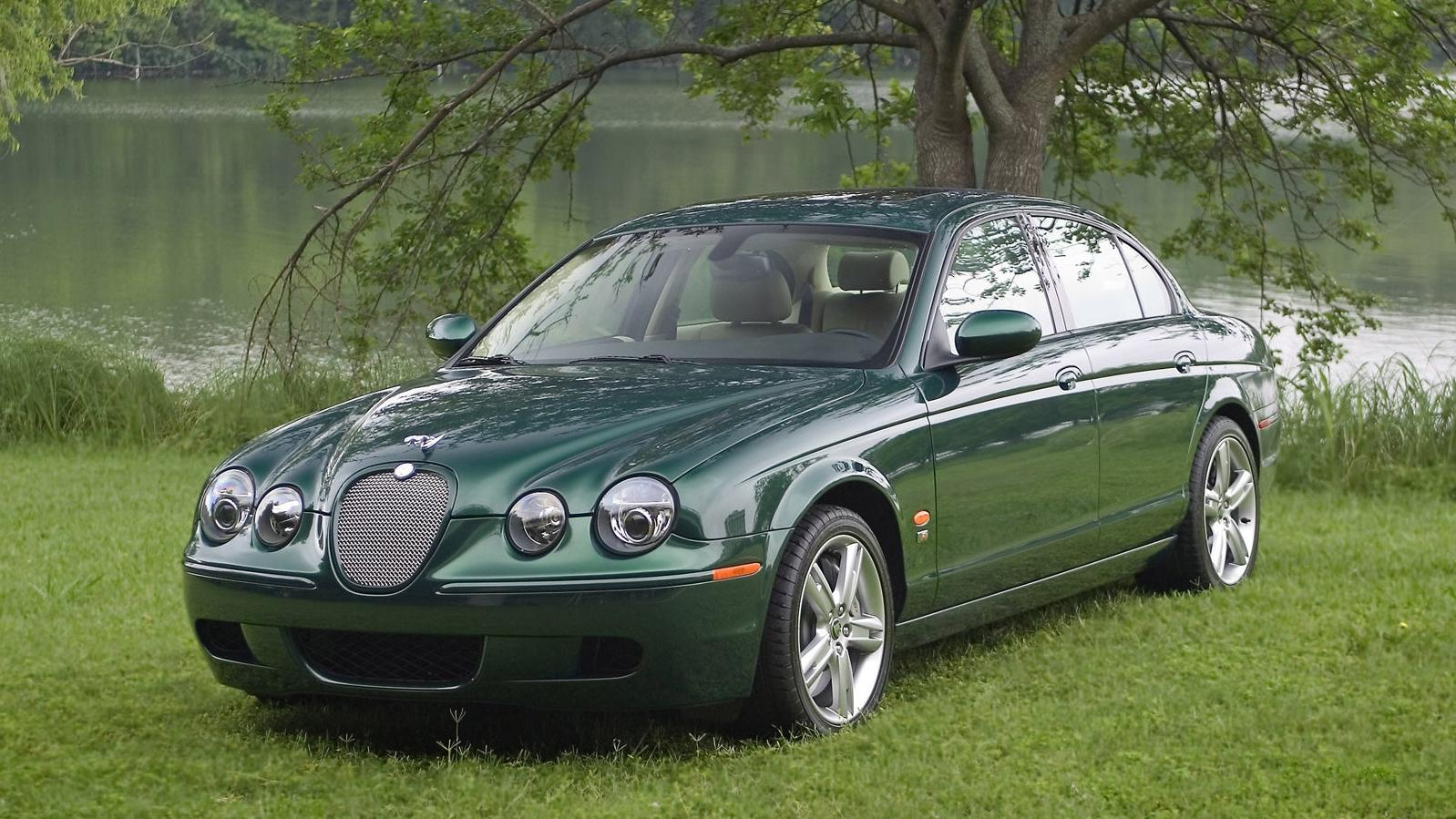Why Did Ford Sell Jaguar And Land Rover? It's Complicated
The Blue Oval sold its stake in both luxury British marques in 2008
By the late 1990s, Ford Motor Company had grown to include a number of other brands the automaker had purchased over the years. In addition to longtime Ford stablemates Lincoln and Mercury, the Blue Oval owned Volvo, Jaguar, Land Rover and Aston Martin. Those premium brands were placed under a single umbrella called the Premier Automotive Group in 1999, but by the end of 2010 nearly every one of those brands had been sold off. Jaguar and Land Rover were some of the last marques to be sold, the result of the brand needing some quick cash and a refocusing of its efforts.
Premier Automotive Group was the brainchild of Ford CEO Jacques Nasser, and it was an endeavor that eventually cost the company billions. Beyond just having the brands all under a single banner, the goal of PAG was to have each company collaborate and play off each other. It's how we wound up with things like the DEW 98 platform that underpinned the Ford Thunderbird, Lincoln LS and Jaguar's S-Type and XF; Aston Martin using Volvo keys; and Lincolns using Jaguar V8s. It was a complicated mess, one that Ford was nearly done with by the late 2000s when Nasser was forced into retirement.
In addition to PAG, Nasser had apparently shaken things up too much at Ford. Following Nasser's exit, Henry Ford's great-grandson, William Clay Ford Jr., was appointed the company's new CEO. Bill Ford was largely hands off with PAG; his goal was to restore the automaker's North American operations to profitability. While Ford focused on that, he appointed Mark Fields to the position of executive vice president. Fields oversaw Ford's European operations as well as PAG, where the group actually made a profit of $17 million in 2005 after losing $349 million the year prior.
Things changed quickly for PAG. By the time Alan Mulally took over as CEO of Ford in 2006, Premier Automotive Group had largely been losing money for years, and Mulally wanted out so that more time and money could be spent on Ford and its core brands, so he began selling off the Premier Automotive Group's automakers one by one. It started with Aston Martin in 2007, when an investment consortium led by Prodrive chairman David Richards purchased the luxury marque from Ford for $925 million.
A year later, Jaguar and Land Rover were on the chopping block. India's Tata stepped up to the plate and took both brands off Ford's hands for $1.7 billion, far less than what Ford had paid for them. Ford had purchased Jaguar 19 years prior for $2.5 billion, and it bought Land Rover from BMW in 2000 for $2.7 billion. Ford's reasoning for the sale was a plan called One Ford, spearheaded by Mulally. Under the plan, Ford was to get all of its global operations on the same page so it could serve all customers equally, no matter the market. While this plan helped the company withstand the Great Recession, the other side of the sale was the grim reality Ford was facing at the time.
Ford's crosstown rivals, General Motors and Chrysler, both took bailout funds. Ford never received a bailout thanks to the One Ford plan, and largely because the sale of Jaguar and Land Rover came at just the right time. While the sale allowed Ford to focus, it wasn't enough to fully bolster the company's bottom line, and some industry experts say that Ford's sale of the brands at a loss proves it was a mistake to have purchased them in the first place. From NBC:
"Selling the companies at such a loss clearly shows buying them was a mistake for Ford, said Erich Merkle, vice president of auto industry forecasting for the consulting company IRN Inc. in Grand Rapids.
Jaguar never has made a profit under Ford, Merkle said.
"How can you call it anything else?" he asked. "You have to cut your losses at some point. It's been draining them of cash and resources."
Jaguar and Land Rover's fortunes changed for the better under Tata's ownership. By 2010, a surge in demand for luxury cars helped the two brands deliver four consecutive quarters of profit for Tata. By 2015, Jaguar Land Rover had made $3.1 billion on its own.
Volvo was the last one to go. Chinese automaker Geely purchased the Scandinavian brand for $1.8 billion in August 2010, two months after Ford shut down (rather than sold) its Mercury division. It's doubtful the Ford of today would try this sort of empire building again, and if it did, it would probably put the company's survival in jeopardy.
